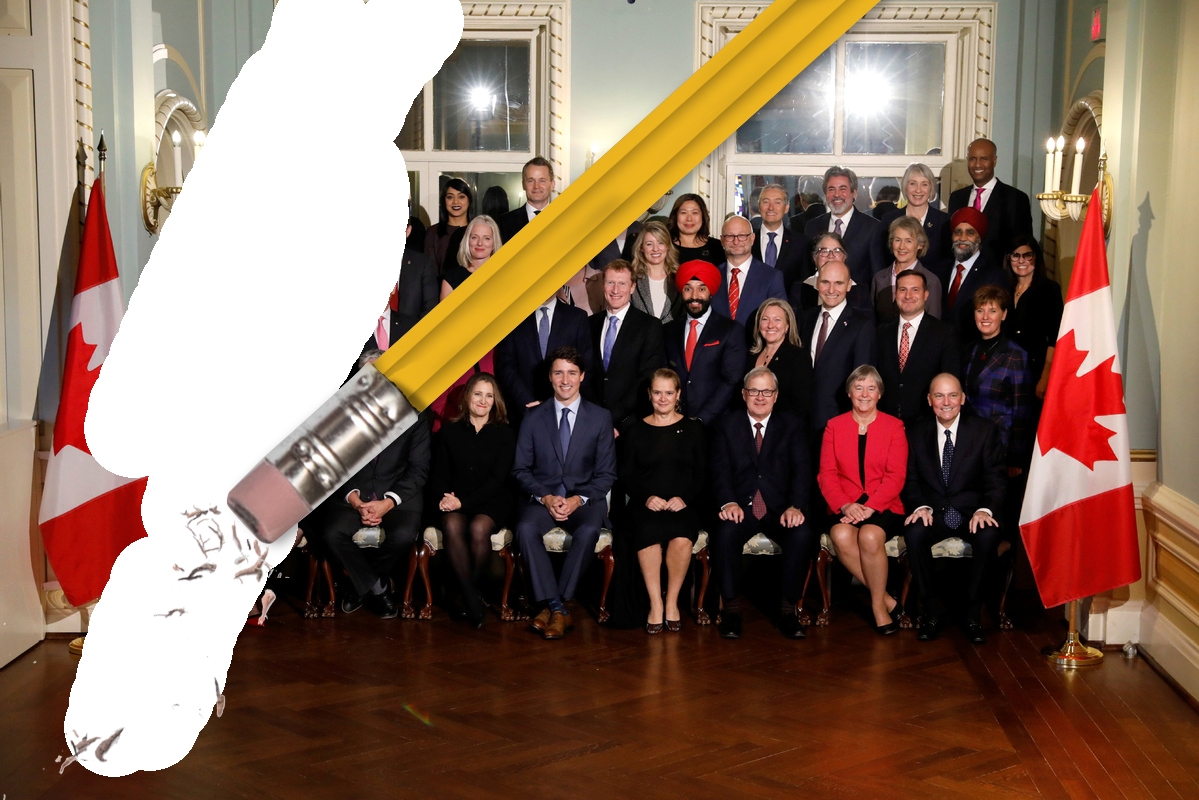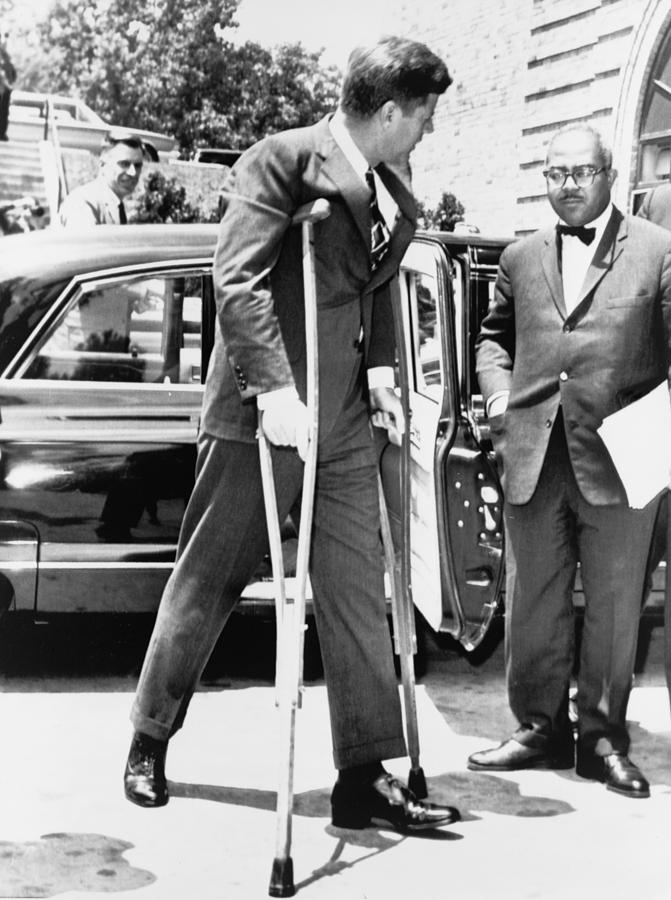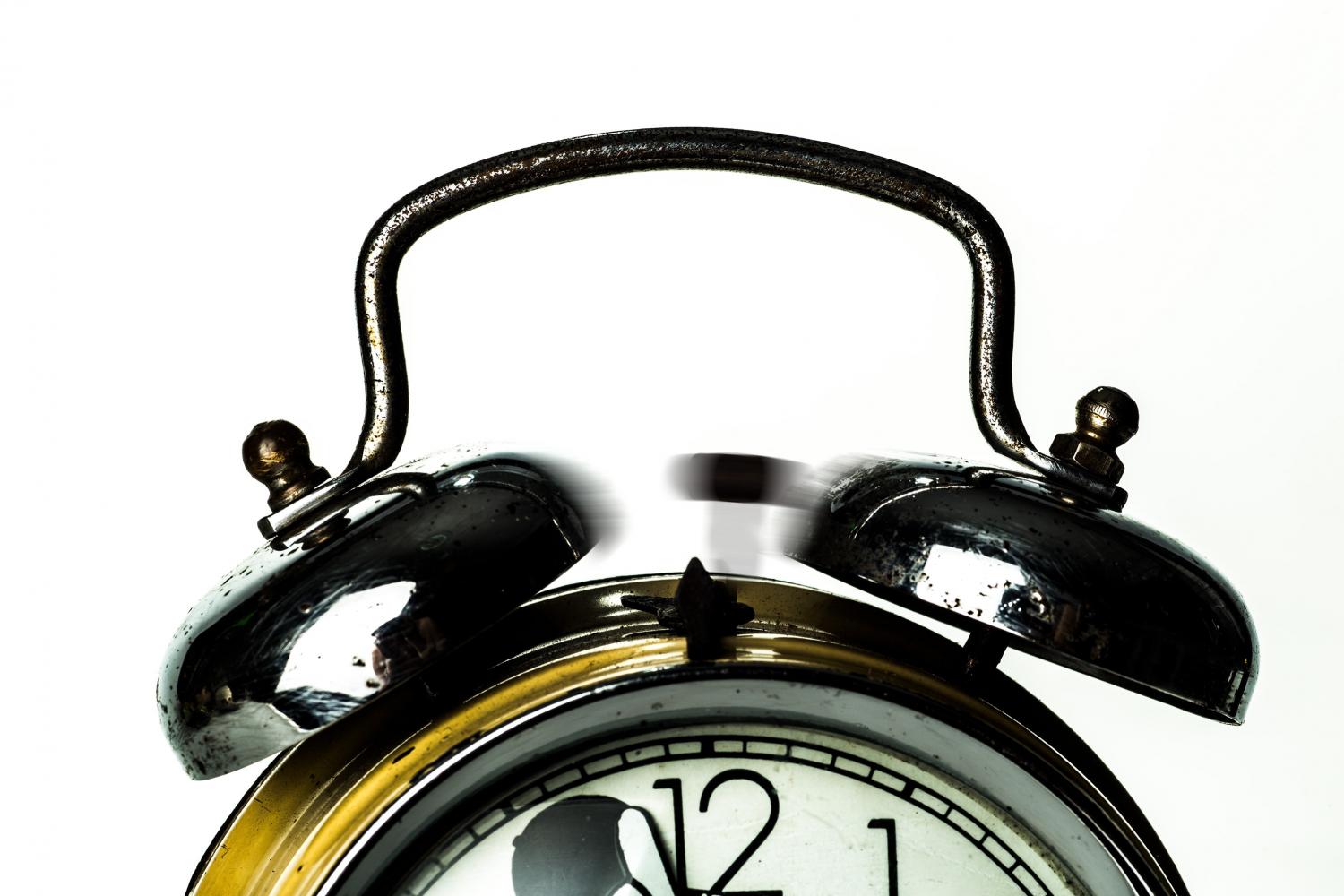
It’s time to shorten the Cabinet bench
The NHL Stanley Cup playoffs are scheduled to start in two weeks, and we’ll soon hear sportscasters expounding on players’ performances: plumbers – not the best players but those that will go into the corners and do the dirty work; floaters – often the most talented players but not the hardest workers; and dusters – those that will get little playing time and gather dust on the bench. In critical situations, down a goal and with time running out, the coaches will ‘shorten the bench’ to ensure their best players get the maximum ice time.
The ongoing WE Charity debacle presents a similar situation for Justin Trudeau. Despite apologies and regrets from both the Prime Minister and Finance Minister Bill Morneau, the roots of this crisis go beyond recusals that didn’t occur, and family members benefitting from the organization to which the government was prepared to hand over the administration of a $912 million program. Peeling back the layers of this arrangement with WE, the core issue is a lack of ministerial responsibility and accountability; a doctrine that has its origin in the development of parliamentary democracy at Westminster in the late 17th Century. This doctrine has three key concepts: responsibility to Parliament for executive actions taken by ministers; accountability for actions taken which entails providing an account of how responsibilities were carried out and “depending on the circumstances, accepting personal consequences”; and answerability which involves a duty to inform, and explain ones’ actions.
The roots of this debacle go back to the swearing-in ceremony of the new government on November 4, 2015, following a campaign in which Mr. Trudeau pledged to return Cabinet government to Canada. At that time, the Prime Minister was widely commended for naming a gender-balanced Cabinet of 30 ministers; “because it’s 2015!” A day later, it was revealed that five newly-minted ministers were actually Ministers of State, a designation that recognized their lesser responsibilities, and thus provided smaller salaries, and office staff budgets. Scrambling to limit the embarrassment, Ministerial appointments were swiftly re-written by the Privy Council Office, and voila, a gender and responsibility equal Cabinet.
Except that they weren’t. An annoying reality of Canadian democracy in that while the executive power of ministers may flow from Parliament, their administrative powers come from statutes; for example, the authorities of ministers as found in the acts of Parliament that established their departments. Therefore, previous Prime Ministers would appoint junior ministers – Ministers of State, or Secretaries of State – to work with full ministers on specific policy or program issues.
In 2015, the Prime Minister named five ministers with full Cabinet membership who lacked any Parliamentary statutory basis to their status. This confusion was compounded in 2019 when the Prime Minister named a 37-person Cabinet with Ministers for Diversity and Inclusion and Youth, Digital Government, Middle Class Prosperity and Seniors. Other ministers responsible for areas such as Small Business, Export Promotion and International Trade, Women and Gender Equality and Rural Economic Development, and Economic Development and Official Languages straddle two departments.
This Cabinet bloat is most evident in those departments devising critical policies that cry out for coherence: Innovation, Science and Economic Development; Employment and Social Development; and Global Affairs Canada. For seven years during the Chretien government, John Manley was the all-powerful Industry minister. That department, now styled ISED, currently has four ministers exercising authorities, creating confusion and muddying the waters of accountability. Similarly, Jane Stewart was solely responsible during the same period for the Human Resources Development department and Claudette Bradshaw ran the Labour portfolio. Today, four ministers occupy the same space with Carla Qualtrough in the lead, responsible for Employment and Workforce Development elements and Family and Children’s Minister Ahmed Hussen also delegated responsibility for Service Canada and CMHC. The department also houses ministers for Labour and Seniors.
So what do all these ministers actually do? Ministers with full departmental responsibilities – think Defence, Public Safety, Foreign Affairs, Fisheries and Oceans, Transport, Employment and Workforce Development as above, and the Indigenous Peoples portfolios among others – no doubt their time is fully subscribed. The rest? Even pre-pandemic, the House of Commons schedule was not taxing, and while there are seven Cabinet committees in addition to the Ad-Hoc Covid-19 committee, most ministers sit on two.
But there is a real cost to having all these ministers. One, they consume valuable resources including the budgets to run ministers’ offices. Secondly, ministerial support requires significant support form the public service. Ironically, those with fewer real responsibilities, take more public service effort as they literally must be kept busy. Third, policy development slows to a sclerotic pace and programs take more time to reach Canadians, as ministers vie for a piece of the action. In this context, Employment and Social Development Minister Carla Qualtrough’s performance during the pandemic should be seen in an even more impressive light. But fundamentally, the most important impact for Canadian democracy is the further dilution of ministerial responsibility and its corollary, accountability.
This is the exit ramp to the WE debacle. The Prime Minister announced the $9 billion youth and student Covid-19 response package on April 22nd which included the Canada Student Service Grant (CSSG). The WE connection was revealed on June 25th, when Bardish Chagger, Minister of Diversity and Inclusion and Youth held a briefing on the details which did not initially include any information on administration fee to WE. The agreement was cancelled on July 3rd, by written statement, and the minister was not heard from again until July 13, after the Prime Minister apologized for his failure to recuse himself from the Cabinet process. The minister’s July 16th Zoom appearance before the Finance Committee can only be termed embarrassing and appalling; embarrassing because she was utterly unable to articulate a compelling reason for the CCSG, or a plausible storyline on its development. And appalling because she failed to attain any reasonable bar of ministerial responsibility, throwing Assistant Deputy Minister Rachel Wernick under the bus within minutes.
But why was Minister Chagger even responsible for this program? She is apparently responsible for a staff of 185 in the Diversity and Inclusion directorate at Canadian Heritage. Many Ottawa bureaucrats personally direct many more staff. The ‘Youth’ in her title may indicate a dotted line to youth programming at the Employment department, but her mandate letter specifically says her role is to support Minister Qualtrough in respect of youth employment. The Memorandum to Cabinet which recommended that the WE Charity was the only organization capable of running the CSSG was written by public servants in Carla Qualtrough’s department. Yet, Qualtrough has clearly stated she was not kept in the loop on the development of the program. Would the idea have been any better if Qualtrough had been the responsible minister? No. But it’s entirely likely that Canadians would have seen a clearer, and speedier accounting of ministerial responsibility.
In addition to individual ministerial responsibility, Cabinet as a whole has a collective responsibility, in part to support government decisions, or resign. Tellingly, not one Cabinet minister spoke in support of the WE Charity arrangement once it was made public by Minister Chagger. These concepts are not guarded in a dusty vault in Westminster. The Prime Minister’s document Open and Accountable Government 2015 clearly sets these out in 107 pages which detail the “core principles regarding the roles and responsibilities of Ministers”. Professor Donald Savoie argued persuasively in his 2019 treatise, Democracy in Canada, that Canada no longer has Cabinet government, that we have moved to “a form of court government”, directed by the Prime Minister “and carefully selected courtiers”. What does ministerial responsibility mean in an era where ministers often have no real responsibilities, and frankly are often irrelevant to the governance process?
Pre-pandemic, perhaps Canada could afford the extravagance of a Cabinet built for Instagram and Twitter. But the Covid-19 Cruisers represent the most formidable opponent this government has faced. The game is on the line and everyone looks to the coach. Prime Minister, it’s time to shorten the bench, and ensure that only your best players – those accountable for their actions – take the ice.









